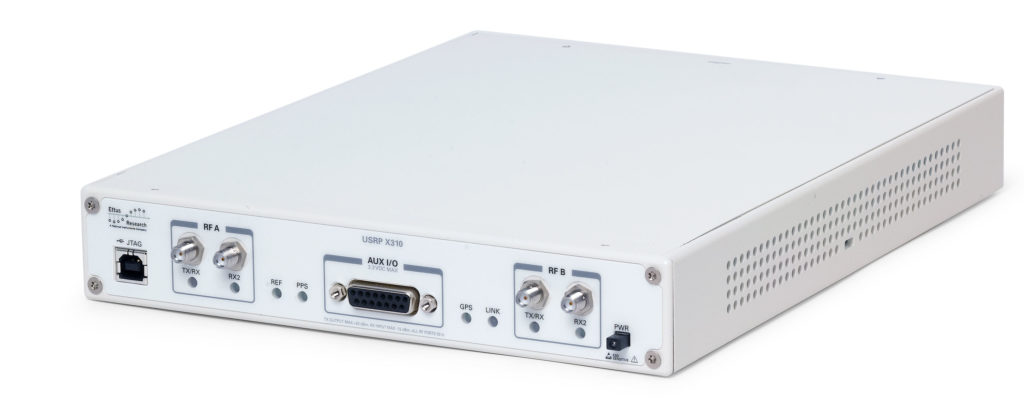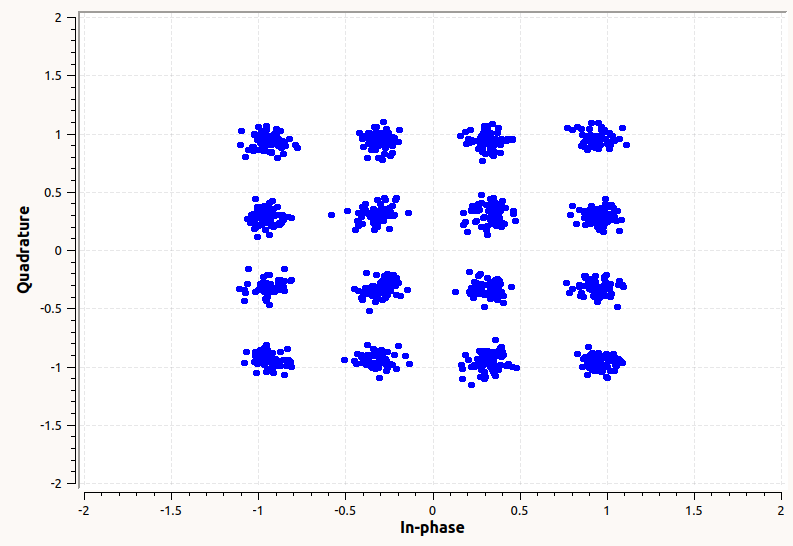EECS 398: Software Defined Radio
Instructor: Prof. Wayne Stark
Term: Winter 2020
In this class you will learn basic concepts of software defined radio. You will learn the following
1. How basic radios work
A: Upconversion and down conversion
B: Frequency and phase synchronization
C: Timing synchronization
D: Digital modulation and demodulation including BPSK, QPSK, QAM, FSK, OFDM (several of these are used in 5G cellular networks and WiFi).
E: How to implement in software the different modulation and demodulation schemes. Most of what we do is done via a graphical user interface (GUI) but some custom operation can be programmed using Python. No knowledge of Python is assumed.
2. How to implement these in software and hardware. We will use Universal Software Radio Peripheral (USRP) for the hardware and GNU Radio Companion (GRC) for the software. This hardware and software is used by many companies including Samsung, Nokia, AT&T, Navy, Sandia National Labs, MIT, Analog Devices, Oak Ridge National Laboratory, Xilinx, IBM, Northrop Grumman, NASA, IEEE.



 MENU
MENU 
